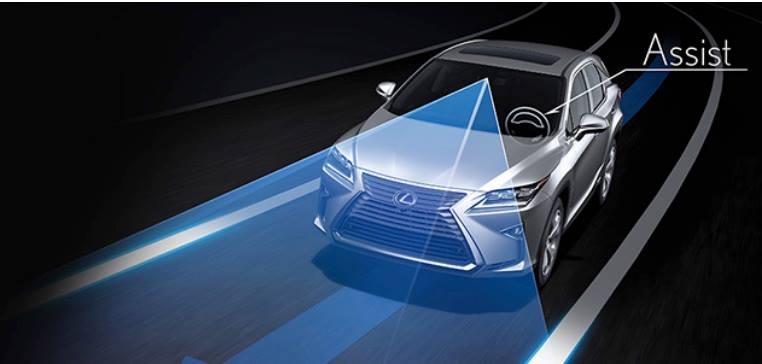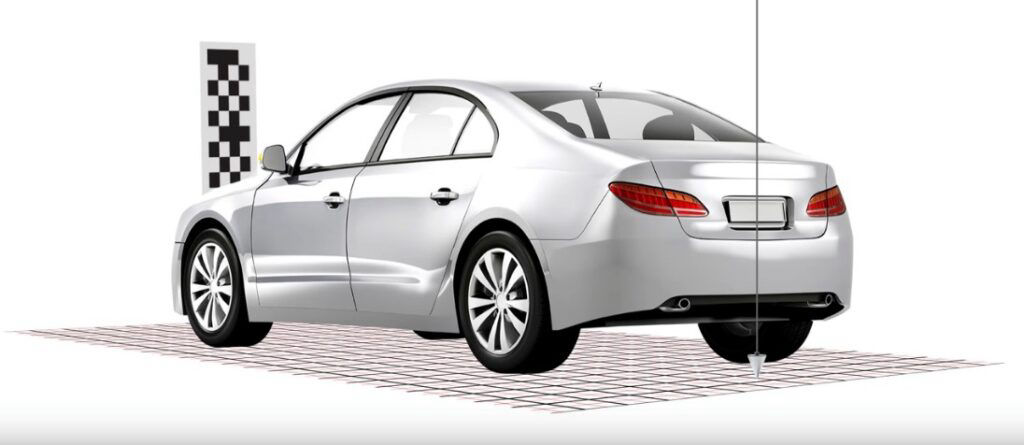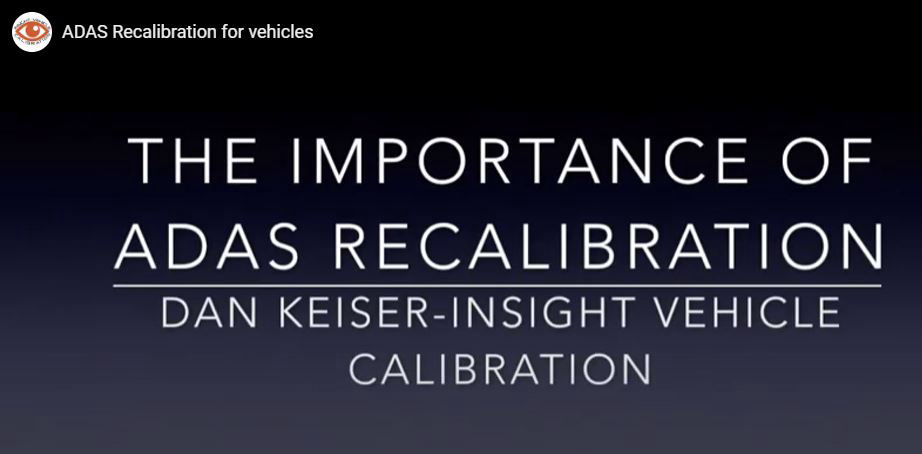Alignment = Accuracy
Your ADAS depends on accurate feedback from cameras and sensors, typically mounted onto your windshield, in order to work properly. If the cameras and sensors are misaligned, your ADAS will receive inaccurate feedback from the road, putting you and other drivers at risk. Just one degree of misalignment can affect your ADAS’ accuracy and ability to perform.
When To Calibrate Your ADAS
Insight Vehicle Calibration recommends that your ADAS always be calibrated after replacing your windshield, since that is where the cameras and sensors are located. Even if you are not seeing a warning light after replacing your windshield, the camera could be out of calibration, leading to faulty ADAS features.
If your new windshield is not an OEM (Original Equipment Manufacturer) windshield, it is most likely not manufactured to the same exact specs as the original manufacturer. This means that it may be slightly off calibration and out of synch with your ADAS. Recalibrating your ADAS after having a replacement windshield installed will ensure that accurate data is relayed to the system. In addition to recalibrating your ADAS after a windshield replacement, we also recommend recalibrating after a fault code, a disconnect, or a change of suspension or wheel alignment.



